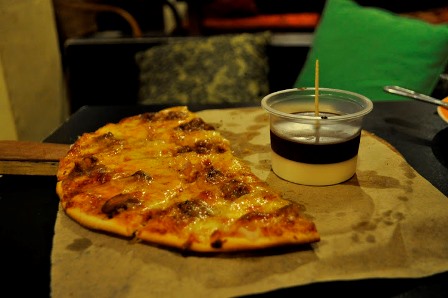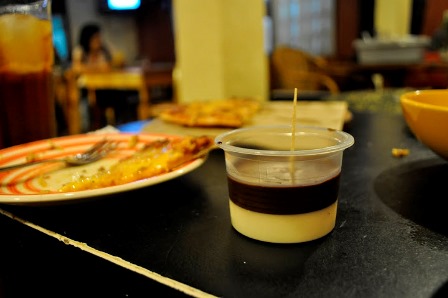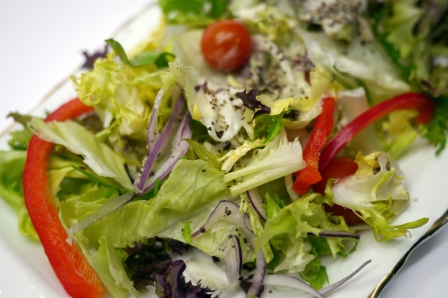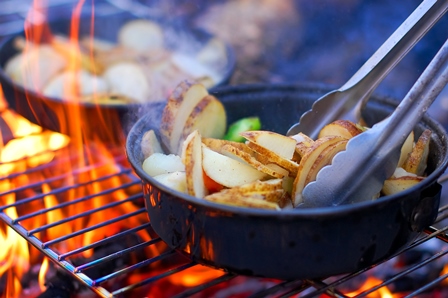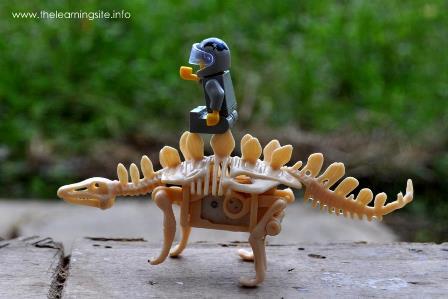
A toy can serve as a great medium for learning. Most people assume it’s meant to entertain kids, but the not-so-emphasized fact is, it supports the idea of make-believe. With toys as props, kids imagine an actual scenario and build a conversation from it. This is a great way of preparing them for their life ahead because they get to develop the qualities or abilities listed below.

Empathy
Using toys in a dramatic play allows kids to put themselves in the shoes of the people around them. For instance, when they play with a cooking set, they take the role of a mother preparing dinner for the family. When they frolic with attractive flowers, they can pretend they are gardening in the yard or selling bouquets at a shop. When they play with cars, they pretend to be drivers caught in the midst of a traffic jam.
This paves way for the development of empathy, a very important quality in enriching the emotional intelligence of a child. When they understand the importance of a role, they develop a sense of respect, and they learn how to deal with people in a courteous way.
Expression
Children are still in the process of building their vocabulary and constructing sentences. To minimize this communication barrier, kids can utilize toys to let them express their thoughts and emotions. When a girl hugs a doll or a life-sized stuffed bear, it’s a clear indicator of affection. When a boy imagines a Titanic-like ship sinking in the sea and comes up with an idea of lifeguards swimming to rescue passengers, it helps him convey the concept of survival. They may not eloquently express what they think and feel but with the assistance of toys, they can arrange their thoughts and manifest what’s going on inside them.
Creativity
Children also have the potential to think outside the box. If you give them a toy monkey, they can imagine it climbing a tree, eating a banana, twirling, riding a cloud, taking a shower, playing with a dog, etc. If you give them blocks, they can arrange them to form a house, a robot, a train, a table, a spaceship or anything that comes into their mind.
This implies that experimenting with toys is a great exercise for enhancing their creativity. It stimulates their brain and brings out their amazing ideas. As a positive consequence, kids will be more prepared to face challenges, adjust with the environment and make future decisions. They will gradually acquire self-confidence and control over the things happening around them.
In a nutshell, using toys that support active learning lets kids explore reality in their own manner. This forms part of their emotional, verbal and cognitive development. Enough time must be spent for make-believing and playing around with toys for they bring not only fun but also awareness of the complexities of life.
